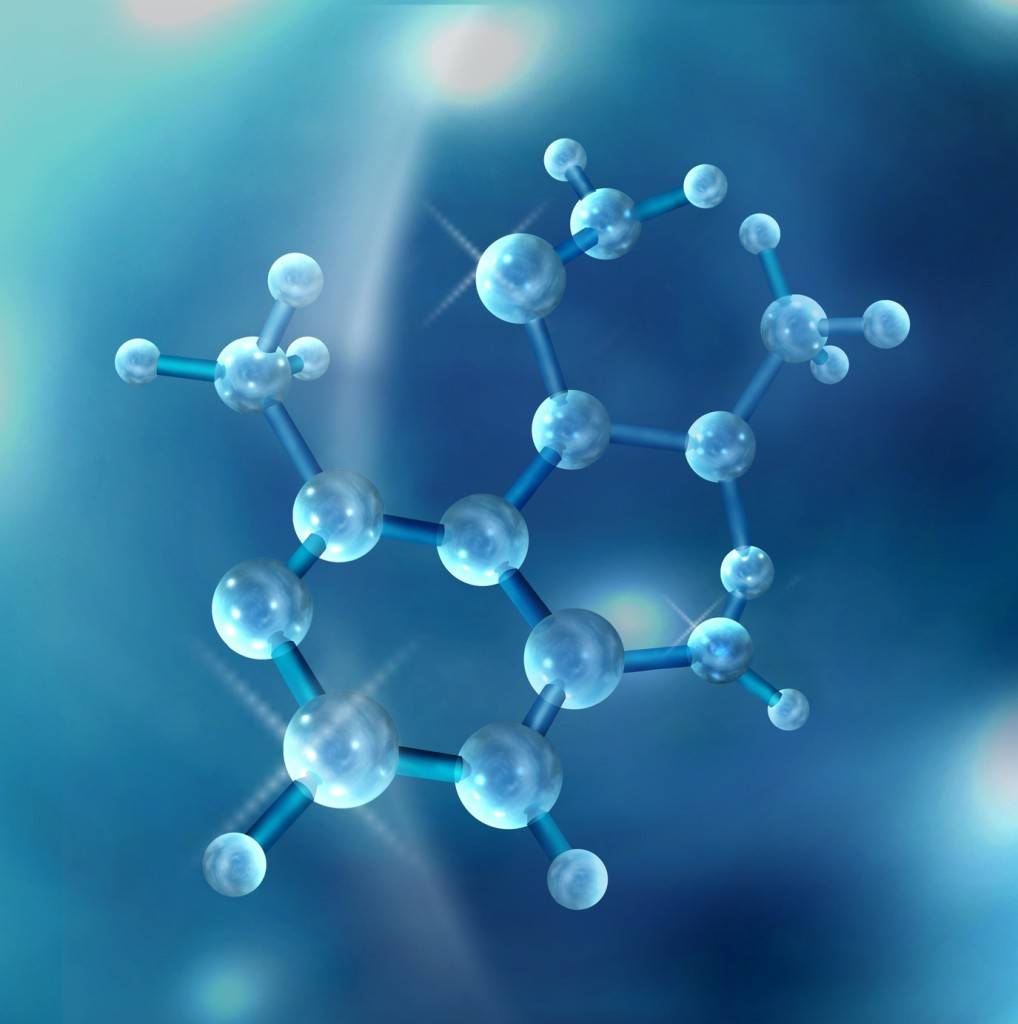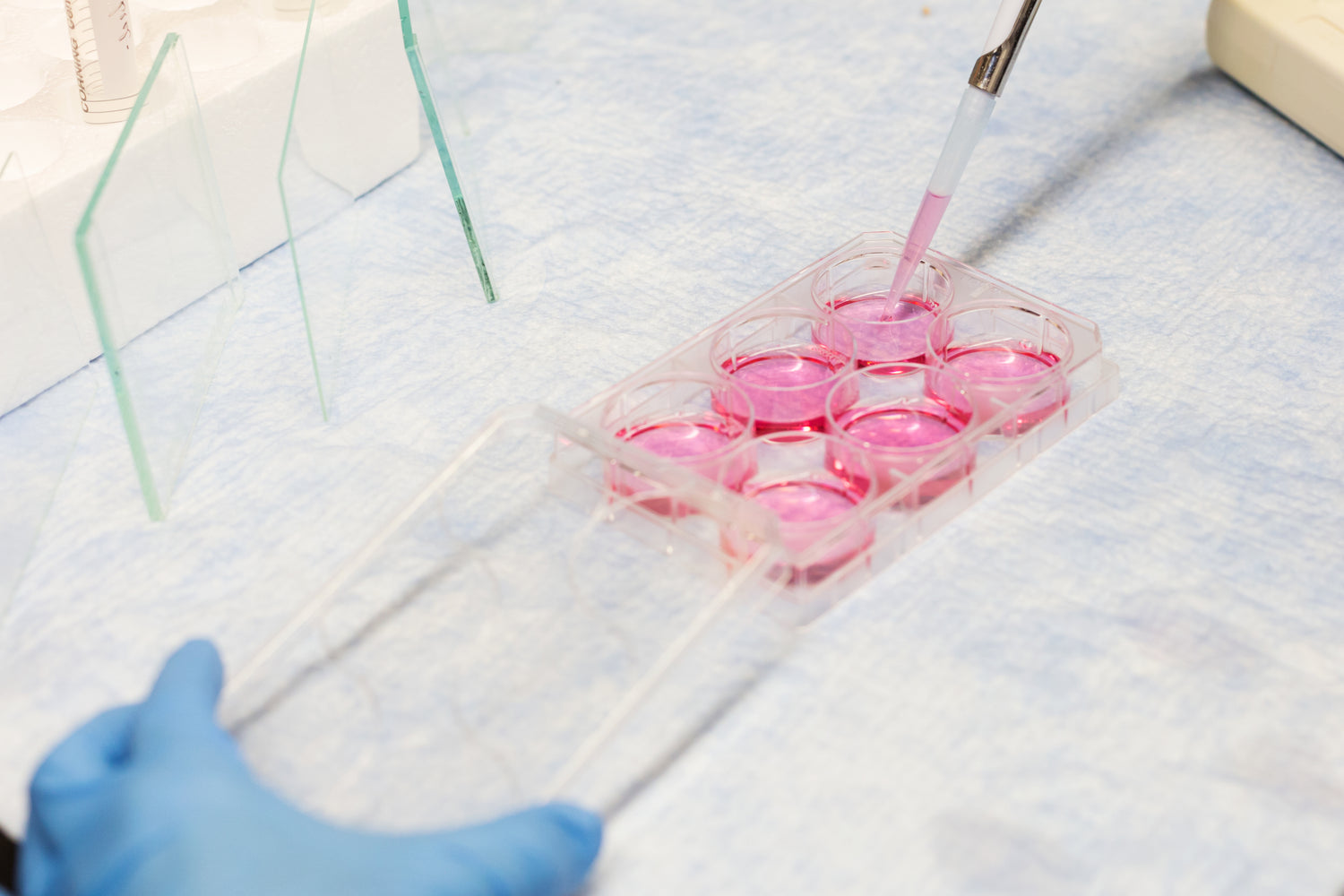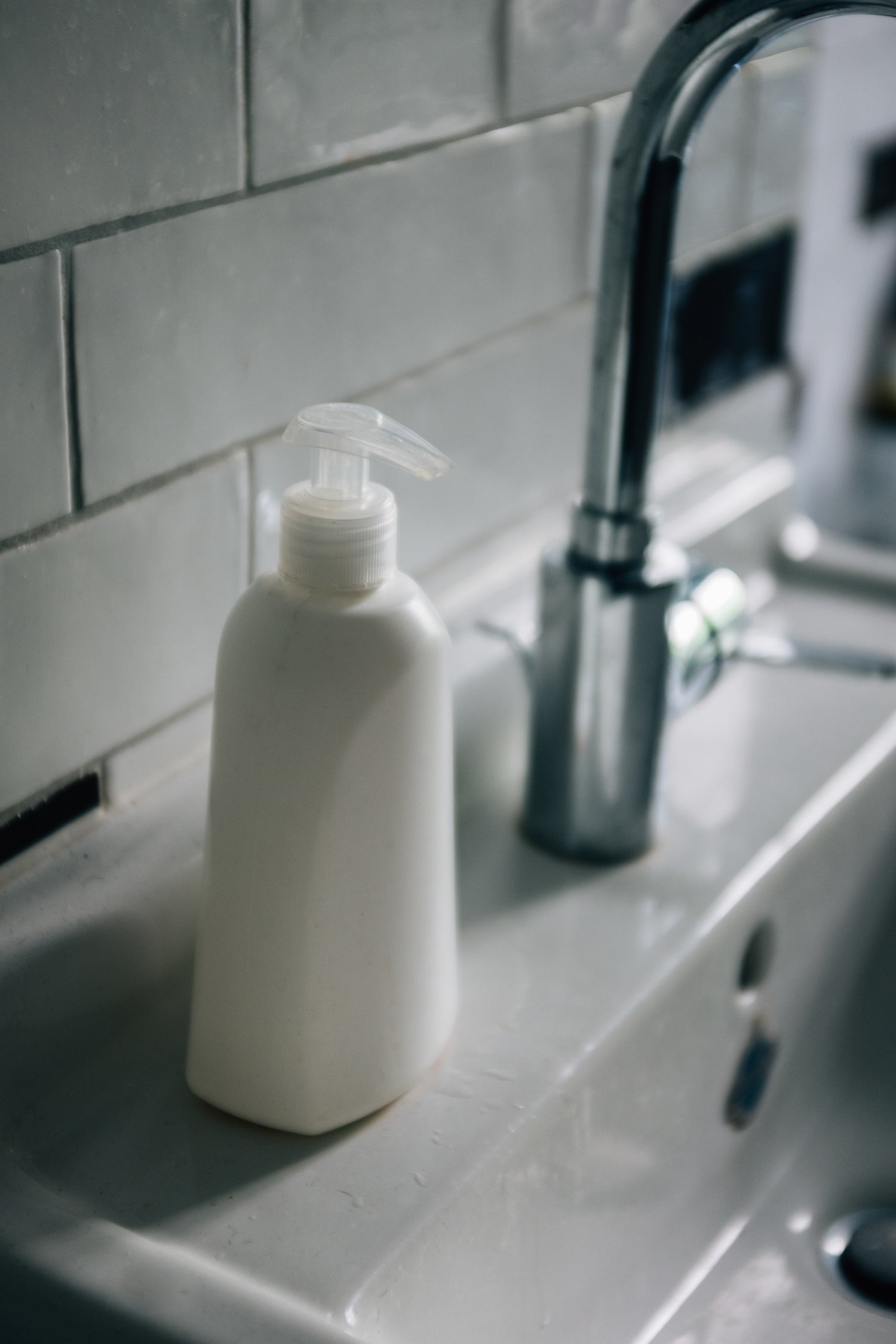The global demand for fruits and vegetables is increasing, and their quality and safety are of great concern. As a common food material, carrot is susceptible to microbial contamination, which affects food safety. Traditional cleaning and preservation techniques have limitations, and the combined treatment of ultrasound and calcium chloride is expected to solve these problems.
Purchase fresh carrots, wash, disinfect and refrigerate. Carrot was treated with calcium chloride solution of different concentration in ultrasonic cleaning machine, and microbial analysis was performed after treatment, including media preparation, sample treatment, total coliform number, total coliform number and yeast mold number count.
The response surface model fits the total coliform number and yeast mold number well, and can explain most of the data variability, and the model is reliable. The concentration of calcium chloride, ultrasonic time and ultrasonic temperature had a significant linear negative effect on the total coliform number, a significant linear positive effect on the yeast mold number, but no significant effect on the total coliform number.
The antibacterial activity of calcium chloride and the cavitation effect of ultrasound reduced the total coliform number and yeast mold number, but the high concentration of calcium chloride increased the yeast mold number, probably due to the increase of carrot surface moisture.

The treatment has little effect on the micronutrients of carrot, and can retain vitamin C and potassium, but it will slightly reduce some bioactive compounds. This technology has many problems such as long processing time, high equipment cost, high energy consumption, difficulty in ensuring processing uniformity and product quality when applied on a large scale.
Calcium chloride and ultrasonic treatment can effectively reduce the microbial load of carrots, and the optimized conditions can be used to improve the storage safety of carrots and similar vegetables, but further studies are needed to study its effectiveness on different vegetables to improve postharvest management strategies.








